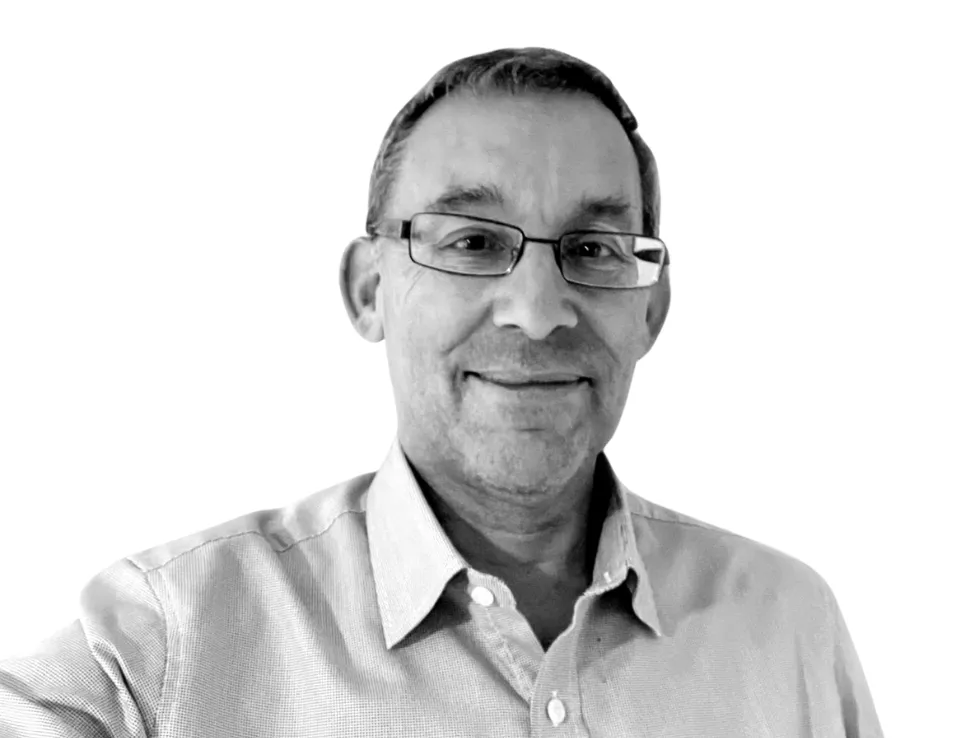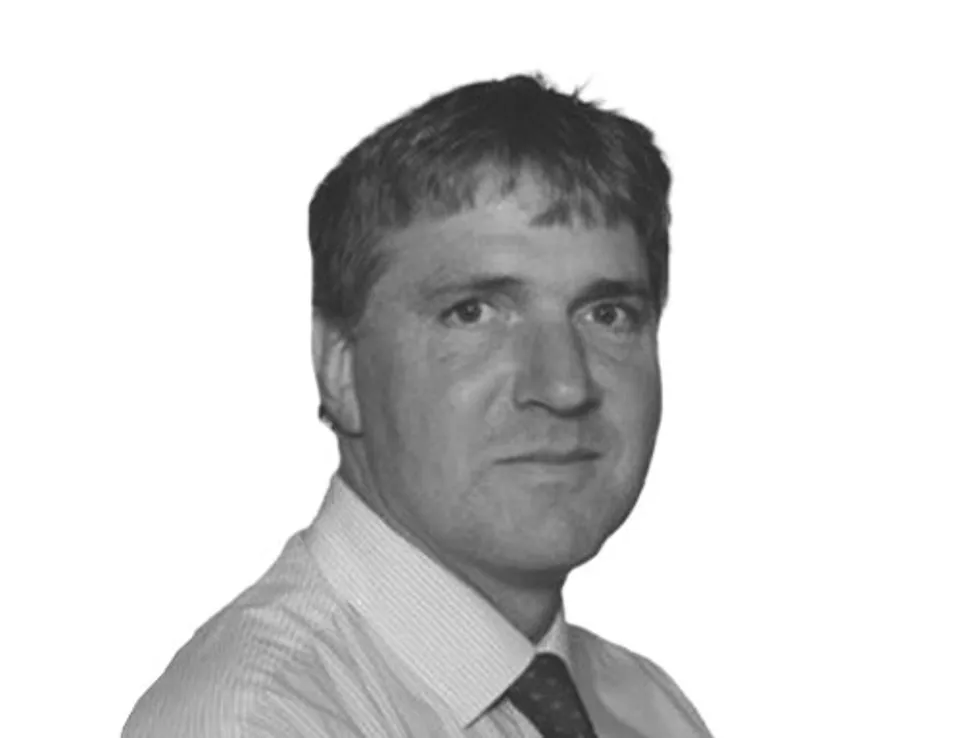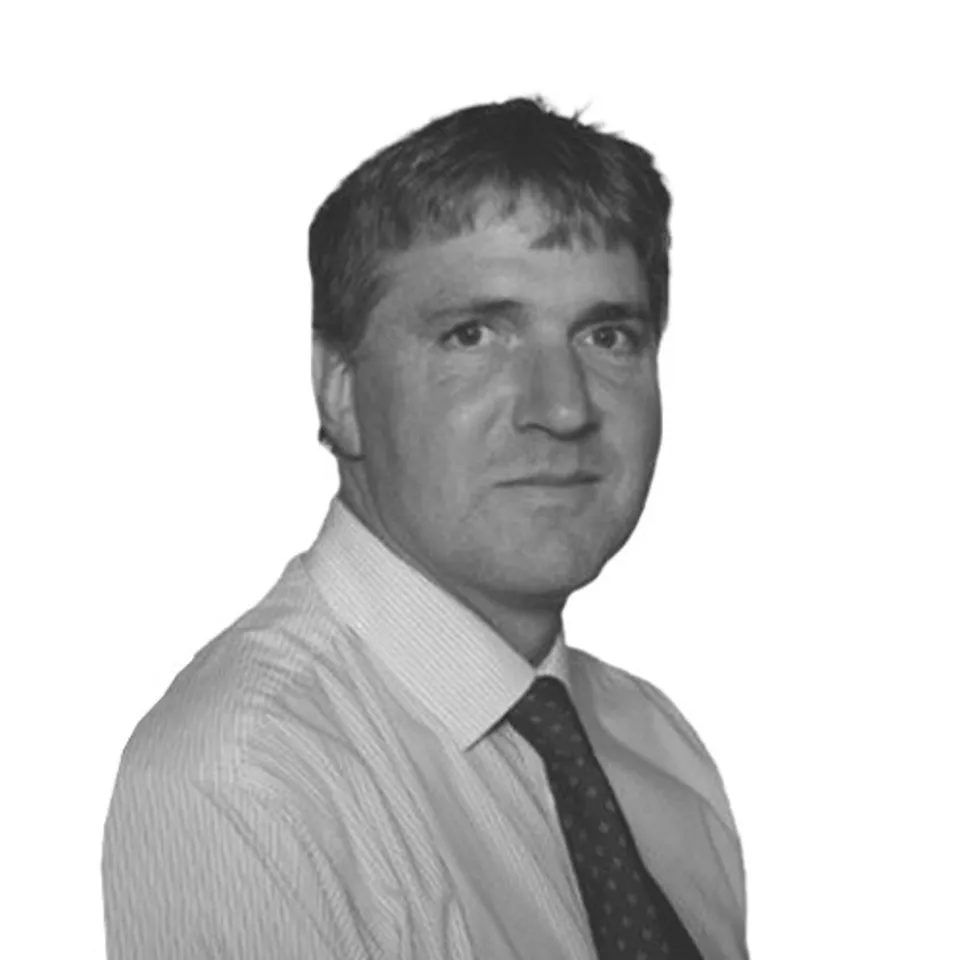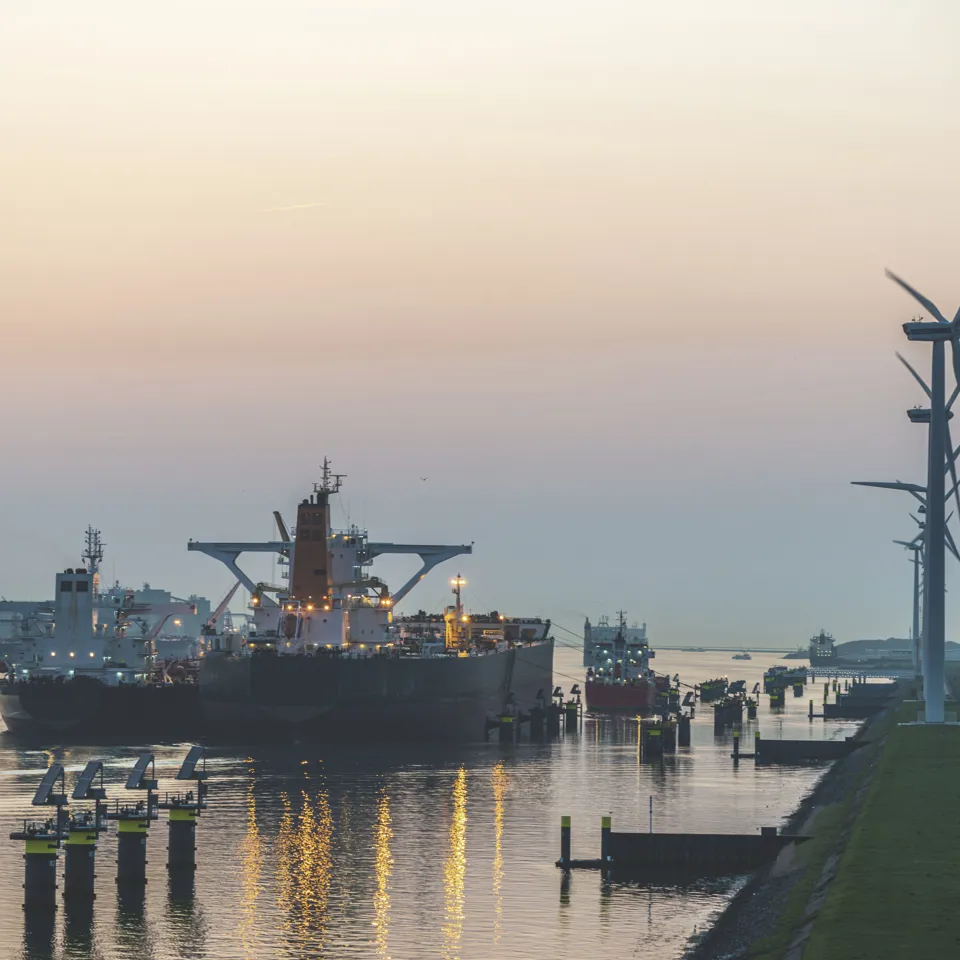Air quality modelling
We bring unique internationally leading expertise in air quality modelling, impact assessment, solutions, and strategies. From local-scale models to city, national and international studies, we use state-of-the-art modelling techniques to support clean air solutions and robust decision-making.
Air quality modelling and assessment you can rely on
Ricardo’s world-leading air quality modelling experts empower organizations, governments, and communities worldwide to take informed, impactful steps toward cleaner air and a healthier environment. We are trusted around the world by governments, NGOs, international funders and private companies to help them protect and improve air quality in their cities, countries and regions. We use and develop all types of air quality models, covering all spatial scales and emission source types. Our assessments range from micro-meteorological domains measured in metres, to transboundary domains covering many thousands of kilometres. If there is a problem that can be better understood by deploying state-of-the-science air quality models, our specialists are ready to assist.

Projects

Assessing road scheme impact on pollutant concentrations for Edinburgh Airport
Read project
Improving air quality in seven cities in Asia
Read project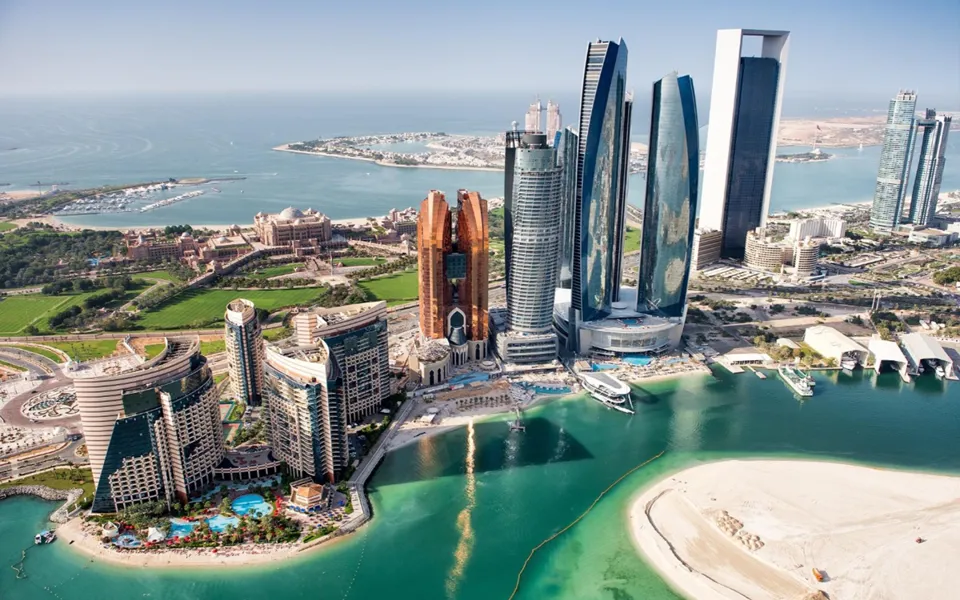
Multiscale air quality modelling in Abu Dhabi
Read projectHelping you to model and see the future

Complex models
Ricardo has created and continually developed and improved a UK scale air quality modelling analysis to enable compliance reporting and support national and local government policy. The system is a GIS based air quality model of current and future air quality, enabling assessment of progress towards air quality standards and guidelines. Ricardo has developed the innovative and groundbreaking RapidAIR model which has revolutionised urban air quality management.
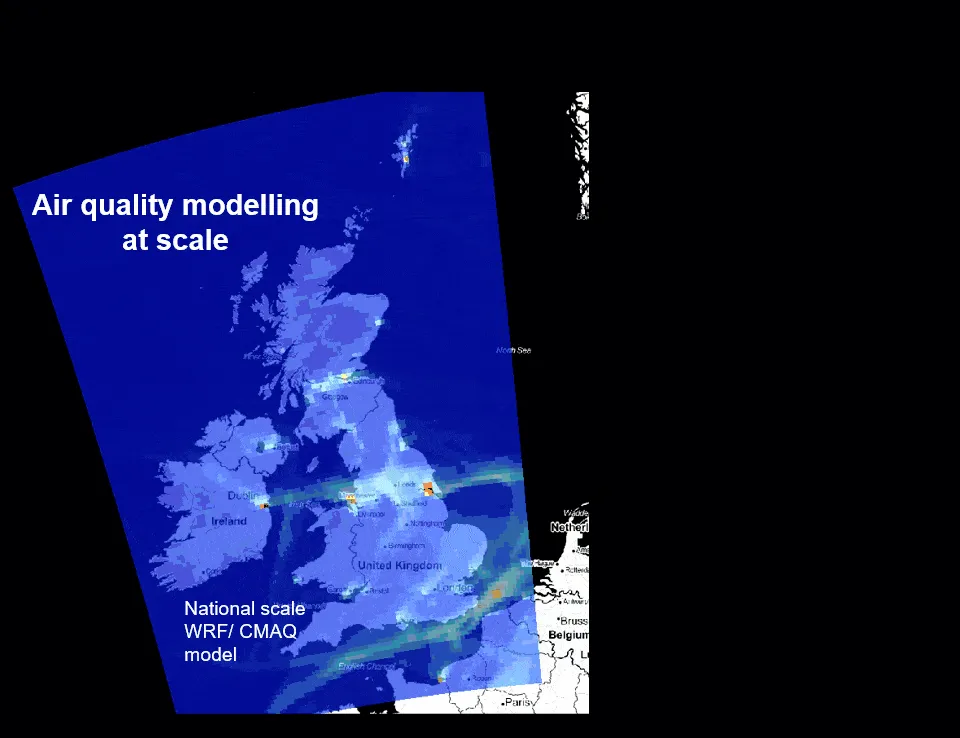
Impact assessments
Our impact assessment services focus on evaluating the direct and indirect effects of air quality on human health, natural ecosystems, and economic outcomes. Using air quality models integrated with proven health, habitat, and economic assessment techniques, we quantify exposure risks and project long-term impacts, helping clients understand the broader implications of air pollution. These insights support action planning, inform decision making and public health interventions, guide sustainable environmental management practices, and highlight the economic benefits of improved air quality.
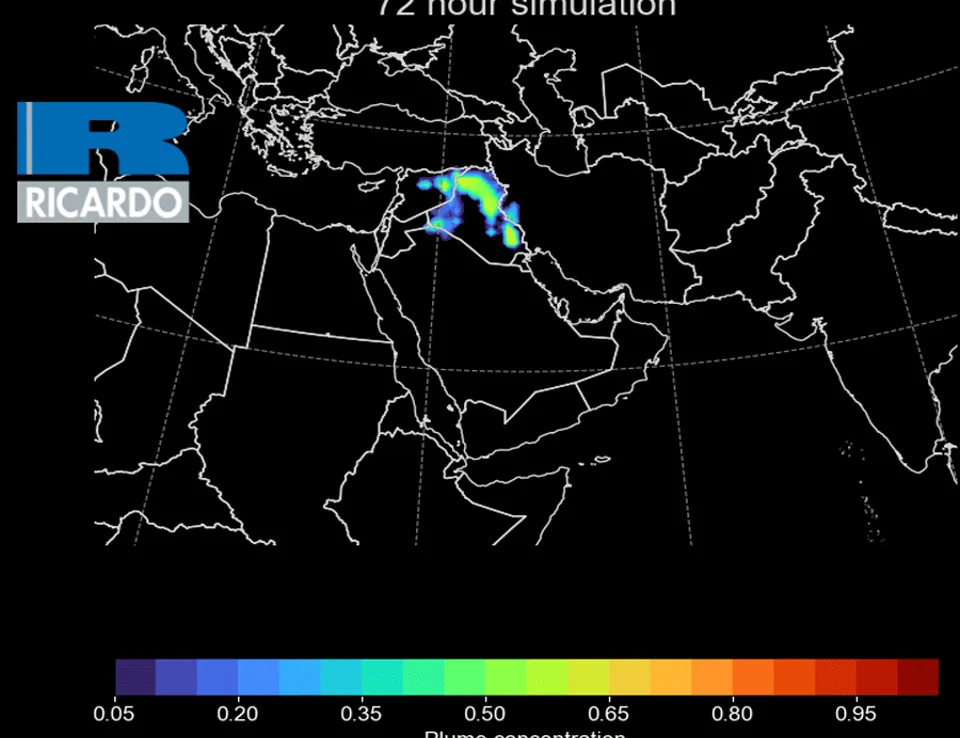
Air Quality Forecasting (CMAQ & WRF)
We build short-term air quality forecasting platforms that deploy the Community Multiscale Air Quality (CMAQ) model in conjunction with the Weather Research and Forecasting (WRF) model. The systems are developed in house using industry standard open-source software stacks that enable our clients to deploy them into their own IT. The systems can deliver timely, actionable forecasts that empower cities, industries, and communities to respond proactively to changing air quality conditions, mitigating potential health and environmental impacts before they occur.
Our strengths
Policy support
We are leading experts in developing the evidence needed to support robust policy development leading to sustainable development that delivers liveable cities and communities. Policies to improve air quality bring a wide range of co-benefits in climate mitigation and adaptation, improving public health, active mobility and digital connectivity, and enhancing social equity. We work with partners to deliver policies that deliver these benefits and contribute to achieving Sustainable Development Goals.
Aviation
Ricardo is working with major UK airports to assess the air quality in the vicinity of the airports and the airport’s contribution to it. Ricardo was involved in the assessment of both Heathrow's and Gatwick's submissions to the Airports Commission; the Development Consent Order (DCO) outlining Gatwick's plan to bring the airport’s existing Northern Runway into routine use; and the Heathrow Expansion Project. Ricardo continues to support UK airports with their planning and forecasting activities.
Oil and gas
Ricardo is working alongside the oil and gas industry to evaluate, understand and mitigate its air quality impacts, in parallel with addressing climate and other sustainability issues. We are deploying state of the art emissions monitoring and environmental survey techniques to gather data in some of the most demanding environments. We are working alongside industrial operators, regulators and other stakeholders using state-of-the-art modelling techniques to design and deliver the improvements in air quality impacts that are needed for the industry to fulfil its responsibilities to protect local communities, nature conservation areas and the workforce.
Odours
Managing odours is often based on straightforward principles but can also be highly complex requiring detailed and robust evaluation and solutions. Ricardo's specialist odour team has the experience and resources to provide a comprehensive odour management service, from measurement of odours through modelling and impact assessment, to odour improvement and control. Alongside our process, environmental and energy management expertise, we operate a fully integrated, in-house, UKAS-accredited odour analysis service. We provide input at a national strategic level to set the baseline and policy framework for odour management and provide odour management services to a wide range of industries, including manufacturing industry, food and drink, waste/wastewater, local authorities and the legal sector.
Key examples
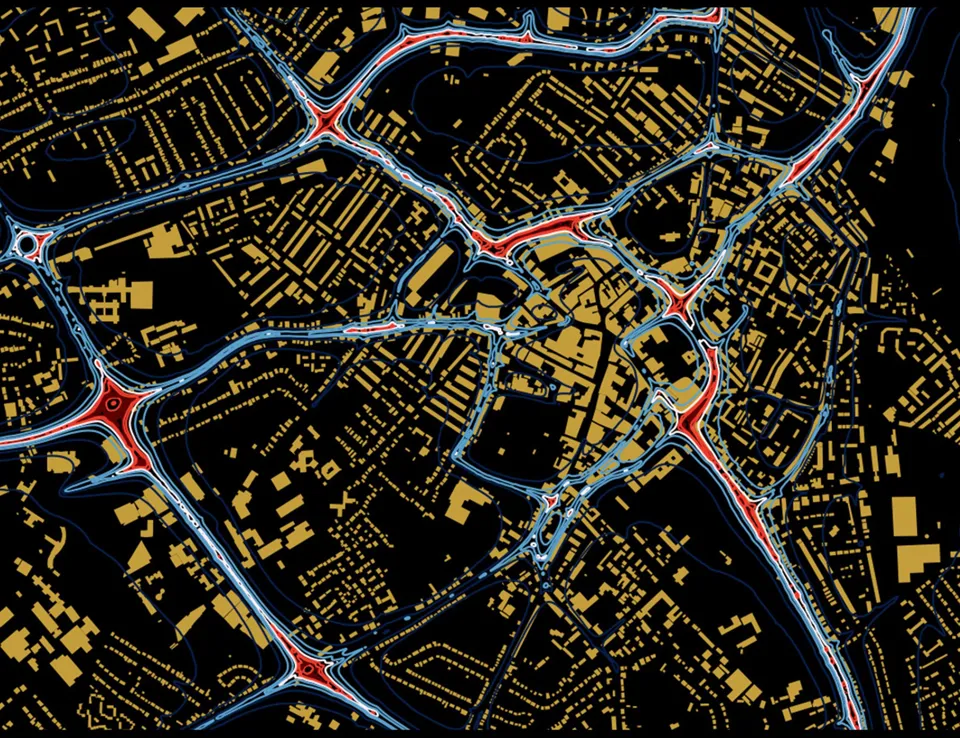
Urban/Rural Air Quality Modelling
Our urban/rural air quality services focus on assessing and predicting air quality at the city/county level to inform local policy and urban planning. Using our proprietary RapidAIR model, we specialise in modelling road traffic emissions and other urban pollution sources. RapidAIR’s speed and precision in handling complex emission patterns within urban areas allows us to provide accurate, high-resolution insights that support targeted interventions and efficient city-wide air quality management. Other source types call for other models such as AERMOD, CALPUFF, GRAL, ADMS, ADMS-Roads and ADMS Airports- we are expert users of them all. We use the same suite of models to understand air quality impacts in rural settings where important habitats and agricultural resources can be compromised by air pollution.
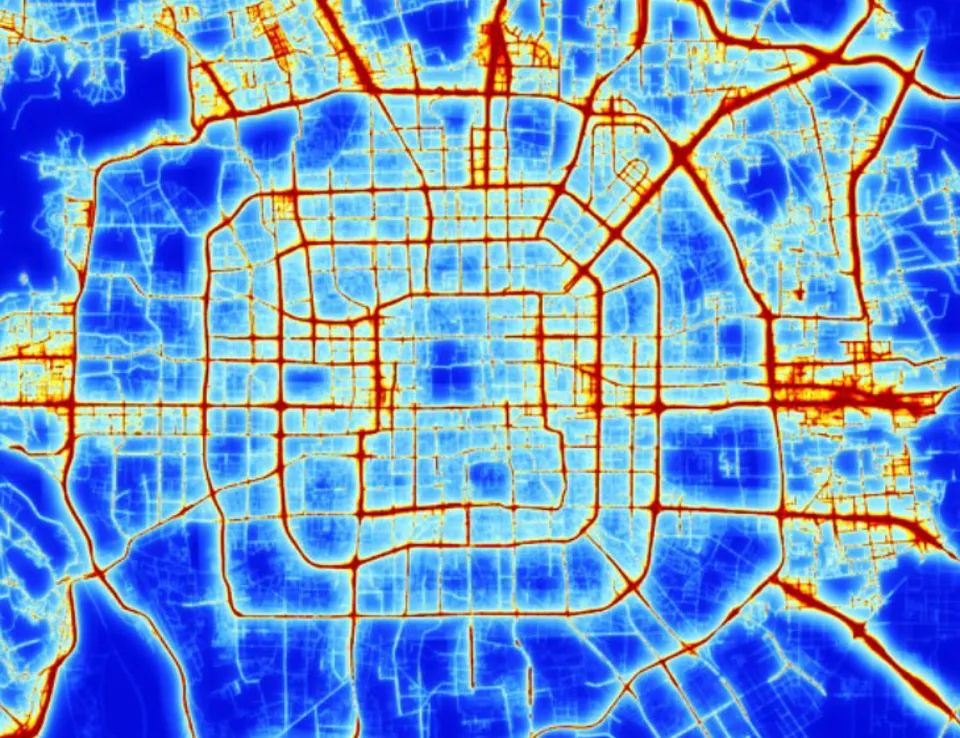
Atmospheric Modelling
Our regional modelling solutions simulate the movement and transformation of pollutants over large areas, often spanning entire continents. By using state-of-the-art chemical transport models like CMAQ and WRF-Chem, we can evaluate how pollutants travel across jurisdictions and affect air quality in different locations. This approach allows for a deep understanding of transboundary pollution (including the role of precursors in secondary formation of ozone and particles) enabling our clients to collaborate on regional air quality strategies and meet regulatory standards. Accurate meteorological data is essential for reliable air quality predictions. Our meteorological modelling services use advanced tools to analyse atmospheric conditions, which play a critical role in pollutant dispersion and concentration. By incorporating meteorological models into our workflows, we provide a robust foundation for air quality assessments and predictions, supporting informed decision-making for pollution control and environmental planning.
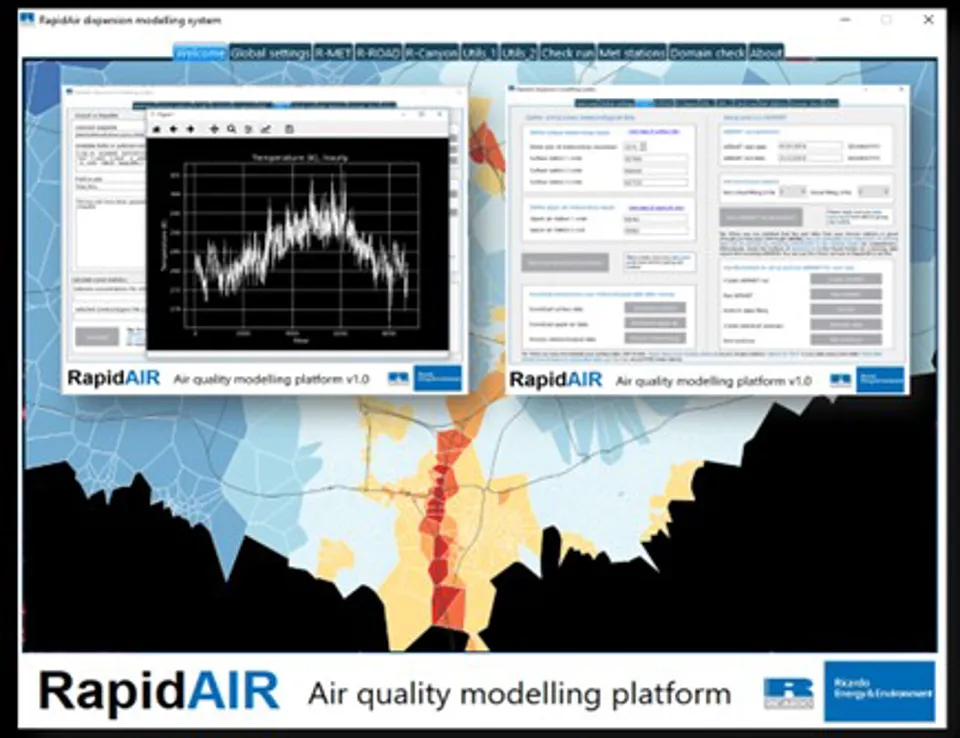
Bespoke software systems for air quality modelling
We build sophisticated, containerised modelling systems for clients to host internally (or by us) that comprise user interfaces for models like AERMOD, CALPUFF and RapidAIR, alongside open-source GIS, data analysis and visualisation software. These virtualised computing resources are designed to address all of the main tasks required in typical air quality modelling studies, in a secure, scalable, open and repeatable desktop environment. These systems are typically part of a wider capacity building endeavour involving up-front training, documentation and sometimes with ‘on the job’ project level support. We also build virtualised and automated versions of WRF, WRF-Chem and CMAQ that can be deployed in our clients’ IT, backed by our expert trainers and developers.
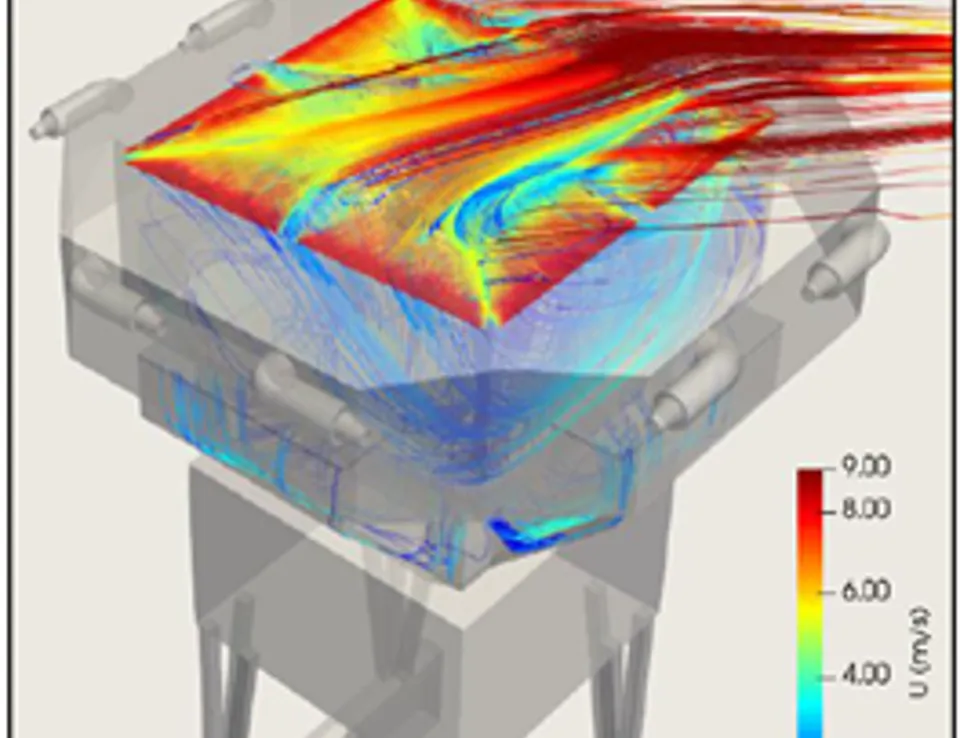
Computational Fluid Dynamics
We supported a port operator to design enhanced controls on dust from wood chip hopper units. Using CFD, we were able to understand the flow dynamics of the system and evaluate mitigation measures to improve control and reduce losses.
Air quality modelling Resources







